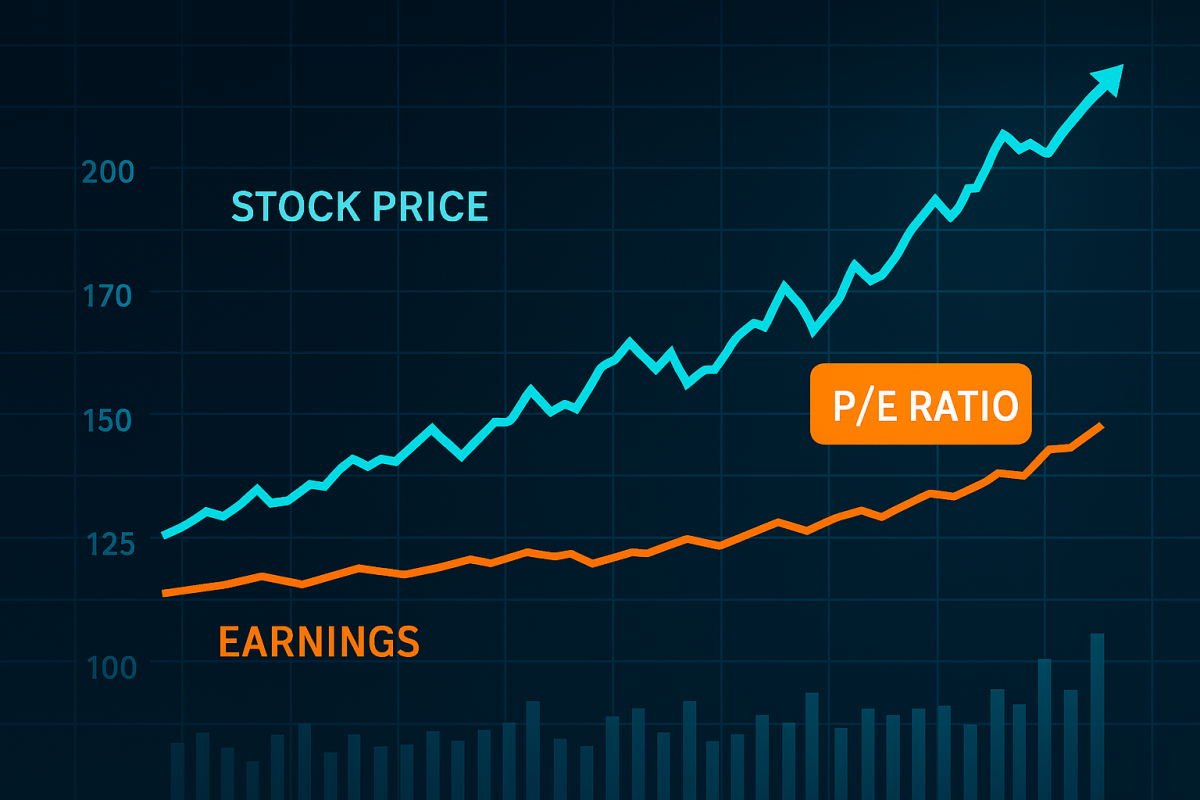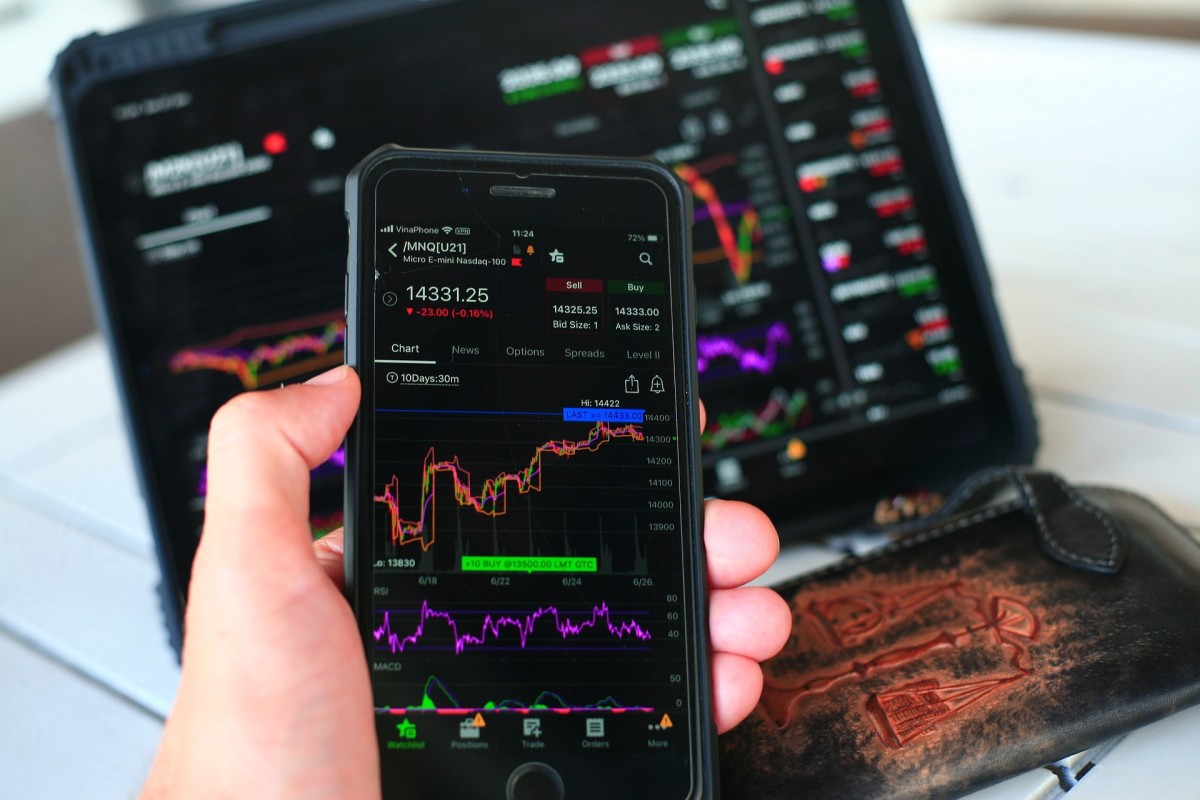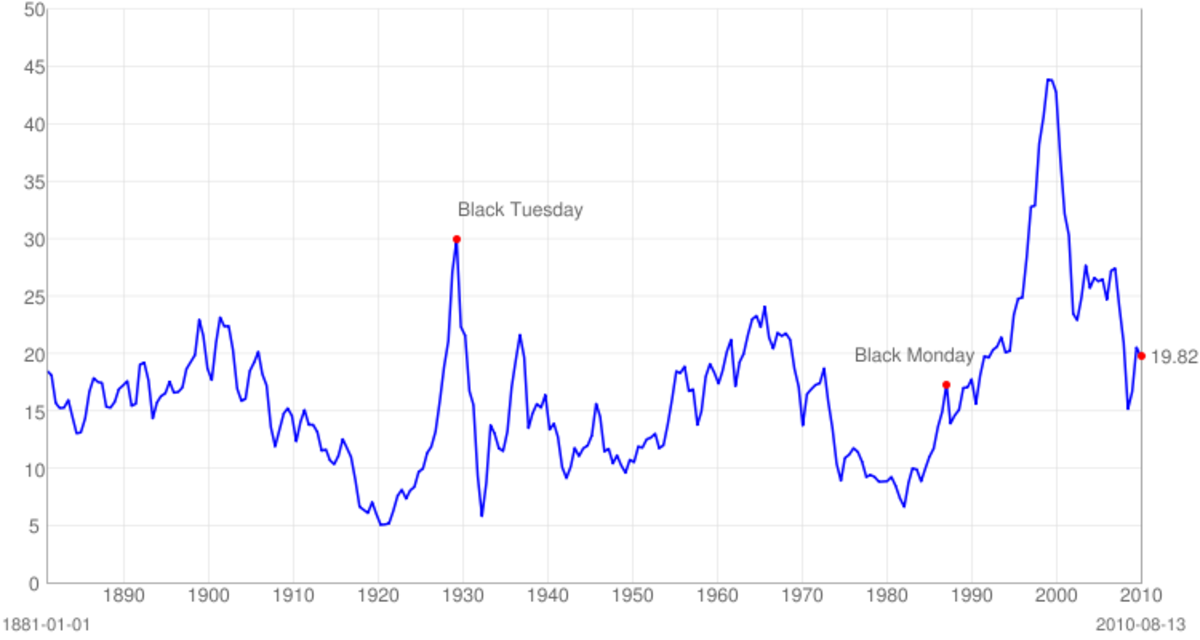YPEG
In contrast to the PEG ratio, which is used for small-, and medium
capitalisation stocks, the year-ahead P/E and growth ratio,
abbreviated as the YPEG ratio, deals with the valuation of larger, more
established companies' shares. In spite of this substantial difference,
the only difference, although a considerable one, uses the estimated
next 5-year's average yearly percentage earnings growth. The formula fo
YPEG is: P/E divided by the prospected 5-year annual percentage growth
of earnings of the company.
For instance, if the P/E of the company
stocks are 15 and the prospected 5-year annual earnings percentage
growth is, say, 10%, than the YPEG ratio of the company is:
15/10=1.5
This one and a half implies that this is the current share price of the company is 50 per cent higher than it would be justified. However, when calculating the YPEG, it should be kept in mind that it should not be used alone, but rather in conjunction with other valuation methods, partly because it uses only estimations, in its denominator, as a key element of the fraction.








